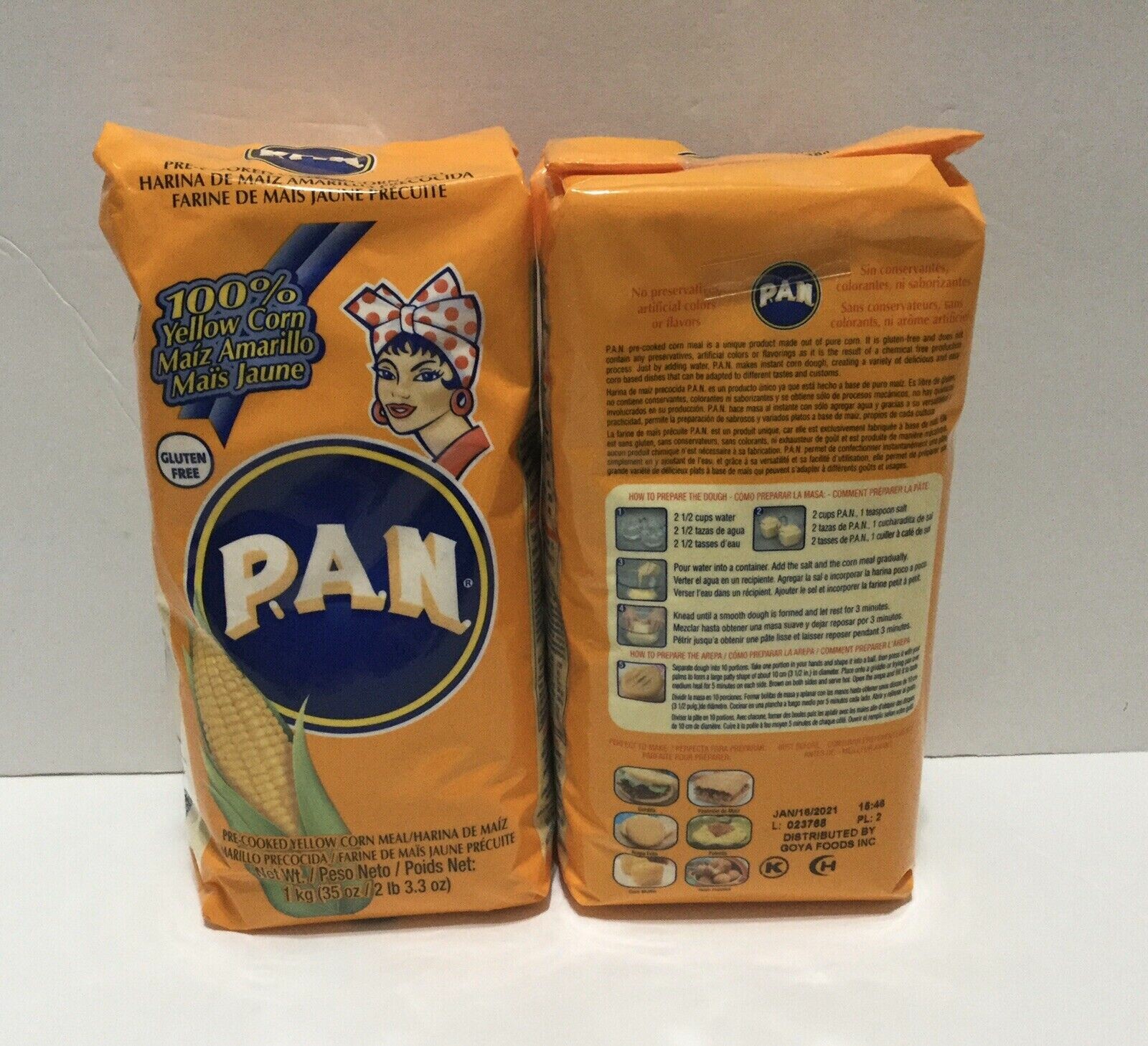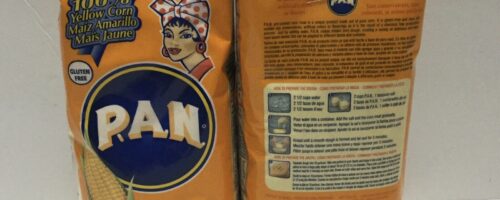
Greenville, Texas, USA
How is it produced?
Traditionally, the flour was prepared by the following steps: (i) Washing the maize, (ii) Adding lime and cooking, (ii) Steeping, (iv) Draining and rinsing and (v) Milling the kernels to form flour (Rojas et. al, n.d.). This process morphed into a pathway that involves steps like “enzymatic nixtamalization”, where enzymes are used to de-husk and dehull the kernels on a gargantuan scale (a process that has been documented as detrimental in terms of the nutritional value of the flour).
Describe the supply chain to the store shelf in Canada:
. The far-reaching tentacles of the neoliberal, capitalist machine are such that transnational companies are involved in every step of the agricultural food chain- all the way from the seed gene to the supermarkets that sell the final product. That is no different with Empresas Polar, where Polar’s Fundación Danac controls a large portion of the corn seed genetic base and where the CADA supermarket chain- of which Polar is a key shareholder- launched the hypermarket chain Makro which has shelves full to the brim with the Polar line of products (Felicien et al., 2018)- allowing it to be on shelves all the way in The Hague, The Netherlands (where I purchased it).
What is the power balance between the producer and seller?
Grassroots campaigns by movements like La Via Campesina (who in the 90s coined the term “food sovereignty” (McMichael, 2012)) have gone to great lengths in recent years to ensure that the livelihoods of small farmers are not destroyed by the global capitalist machine. They have sought to highlight the dangers involved in letting transnational corporations wield immense levels of control over what is a human basic right: the right to food. To allow said corporations to dictate the market around such an essential component of contemporary society is to condemn the most vulnerable to a life of generational hardship.
Can you recommend changes to the system to improve the balance?
Increased transparency and increased regulation in the agribusiness industry, to prevent lobbying, monopolies and price control cartels.
References/Resources:
Acedo, A. (2011). Monsanto uses latest food crisis to push transgenic corn in Mexico – FPIF. Foreign Policy In Focus. https://fpif.org/monsanto_uses_latest_food_crisis_to_push_transgenic_corn_in_mexico
Ainger, K. (2003). The new peasants’ revolt. New Internationalist, 353, 9.
Felicien, A., Schiavoni, C. M., & Romero, L. (2018). The Politics of Food in Venezuela. Monthly Review: An Independent Socialist Magazine, 70(2), 1–19. https://doi-org.ezproxy.tru.ca/10.14452/MR-070-02-2018-06_1
Howard-Hassmann, R. E. (2015). The Right to Food Under Hugo Chávez. Human Rights Quarterly, 37(4), 1024–1045. http://www.jstor.org/stable/24519123
McMichael, P. (2012). Food Sovereignty. In The Wiley-Blackwell Encyclopedia of Globalization, G. Ritzer (Ed.). https://doi.org.ezproxy.tru.ca/10.1002/9780470670590.wbeog212
Meemken, E.-M., & Bellemare, M. F. (2020). Smallholder farmers and contract farming in developing countries. Proceedings of the National Academy of Sciences of the United States of America, 117(1), 259–264. https://doiorg.ezproxy.tru.ca/10.1073/pnas.1909501116
Puyana, A. (2017, July 26). Arepas are conquering the world – but dying at home in Venezuela. NPR. https://www.npr.org/sections/thesalt/2017/07/26/538515889/arepas-are-conquering-the-world-but-dying-at-home-in-venezuela
Rojas, N. P., Vázquez, G., & Rodriguez, M. (n.d.). Lime Cooking Process: Nixtamalization. https://repository.cimmyt.org/bitstream/handle/10883/18872/58123.pdf?sequence=1&isAllowed=y

